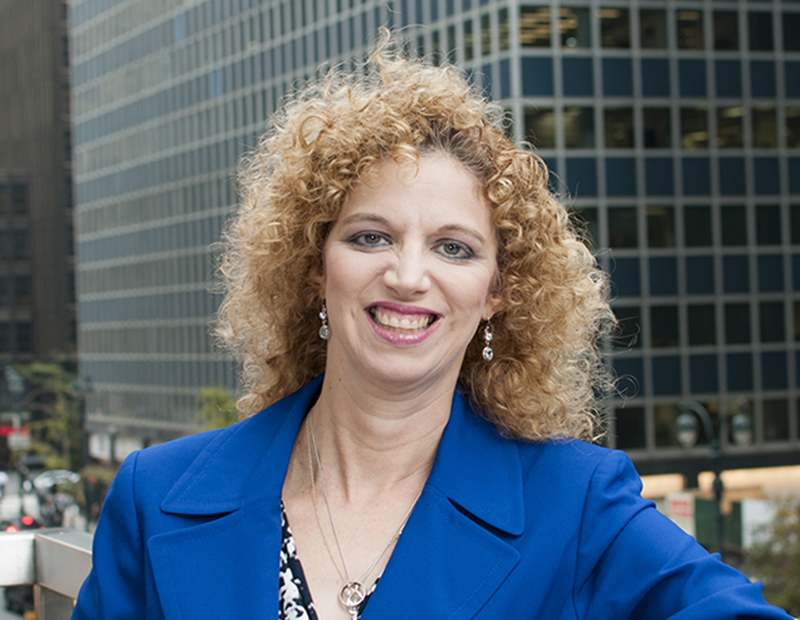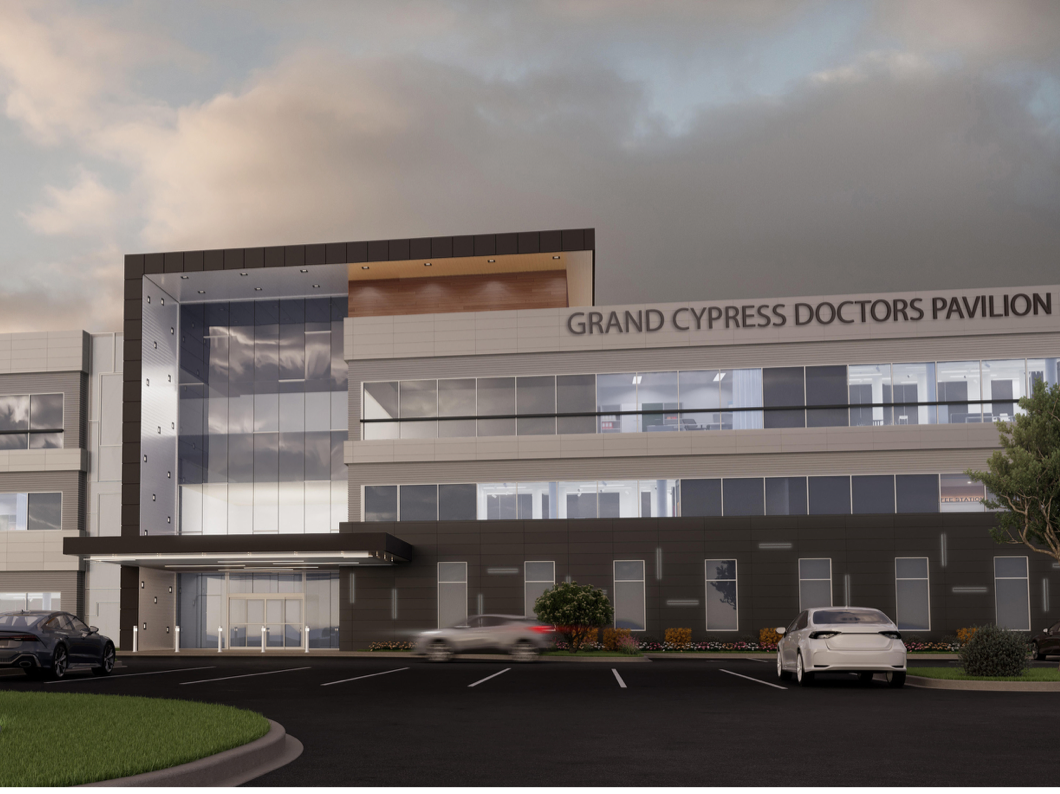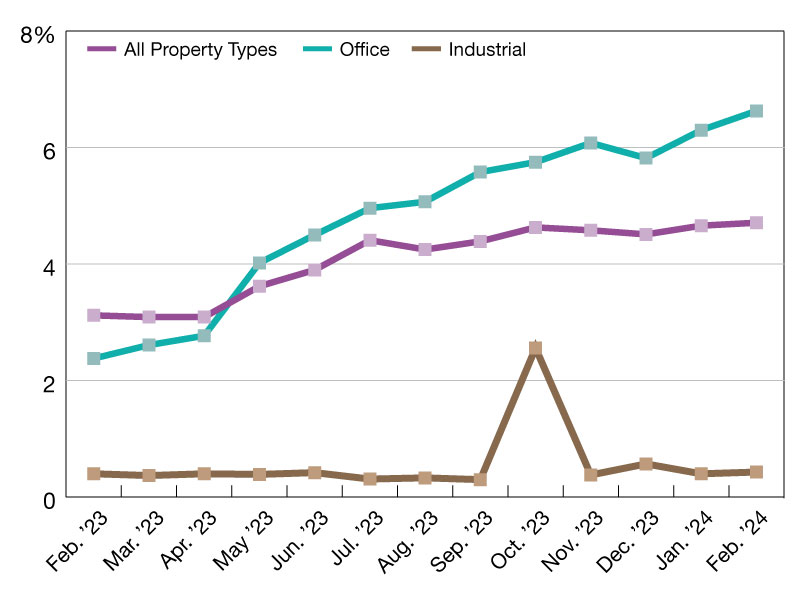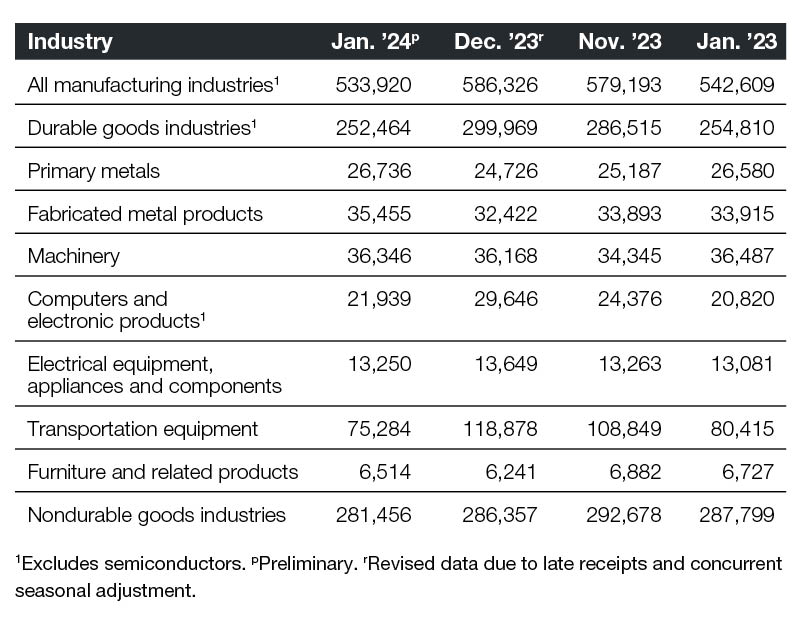New Prospects
The likelihood of a continued strong economy offers further real estate opportunities in 2019—but presents challenges, as well.
It’s been a long bull run, which has been good for the economy, good for employment and thus demand for many property types, good for real estate investment. When the downturn comes—and with each year that grows more likely—it’s not expected to represent much of a drop-off.
There are other good prospects for 2019, as well: While multifamily continues to expand, albeit more slowly, the industrial, self storage and senior housing sectors are promising even greater growth. Industrial, of course, is benefiting from the inexorable progression of online retail, which by midyear 2018 constituted 9 percent of all shopping, having grown 15.4 percent year-over-year, according to Yardi Matrix data, vs. total retail sales’ 5.7 percent. But warehouse, manufacturing and flex space are all seeing occupancy growth.
Other opportunities have come with the emergence of newer or newly expanding sectors. Coworking has exhibited a particular rise in popularity in the past year, as more companies have formed and an increased number of office owners have allocated space to fulfill the growing demand for short-term space. In the 20 U.S. metros that Yardi Matrix has studied for use of coworking space, for instance, the square footage rented for such purposes rose to 43.5 million in the fourth quarter of 2018, up from 26.9 million at the same time a year earlier. WeWork, which ended the year with a 236,000-square-foot lease in Midtown Manhattan, has regularly topped headlines.
What else will offer possibility in 2019? President Trump’s December executive order creating a council to oversee implementation of the opportunity zone program shows promise, with prospects for some $100 billion in private investments, although it may take some time to identify the most viable deals in the low-income communities for which they’re intended to create employment. Other potential exists in the establishment of single-family rentals as an institutional investment alternative, with larger portfolios more prevalent. Meanwhile, shared and community spaces are becoming a bigger part of urban mixed-use designs, while parking garages are requiring greater design consideration as developers strive to ensure flexibility once driverless cars become a reality. And equity providers have found new opportunity on the debt side—which has helped investors, as well.
The upcycle has presented challenges, too, among them tight returns making it tougher to pencil deals. Add to that office users’ reluctance to expand, continued retailer shakeout and rising interest rates, with four hikes in 2018 and potentially another four this year.
As we enter 2019, CPE and MHN provide a roundup of useful content to help you strategize, including trend analysis, case studies and interviews about real estate finance, investment, energy and sustainability, design and how to future-proof your property management program. We also include our annual ranking of Top Mortgage Banking Firms and a sizeable selection of reports from Yardi Matrix, with metro-specific analysis of top multifamily and office markets, along with a national look at self storage and coworking.
Enjoy!








You must be logged in to post a comment.